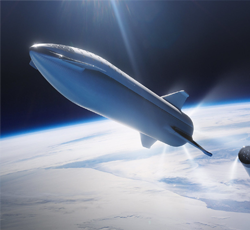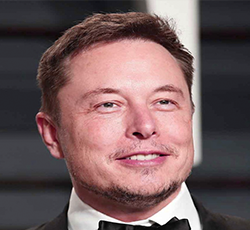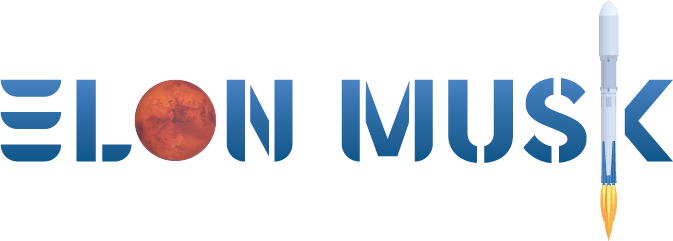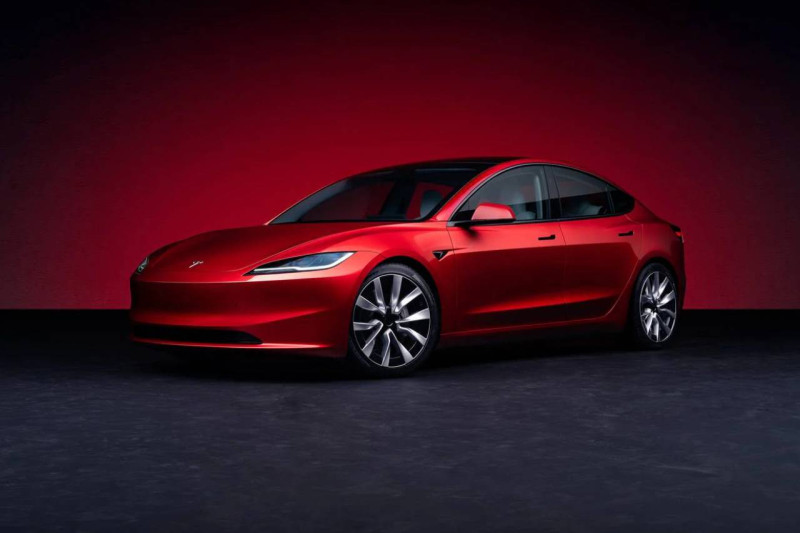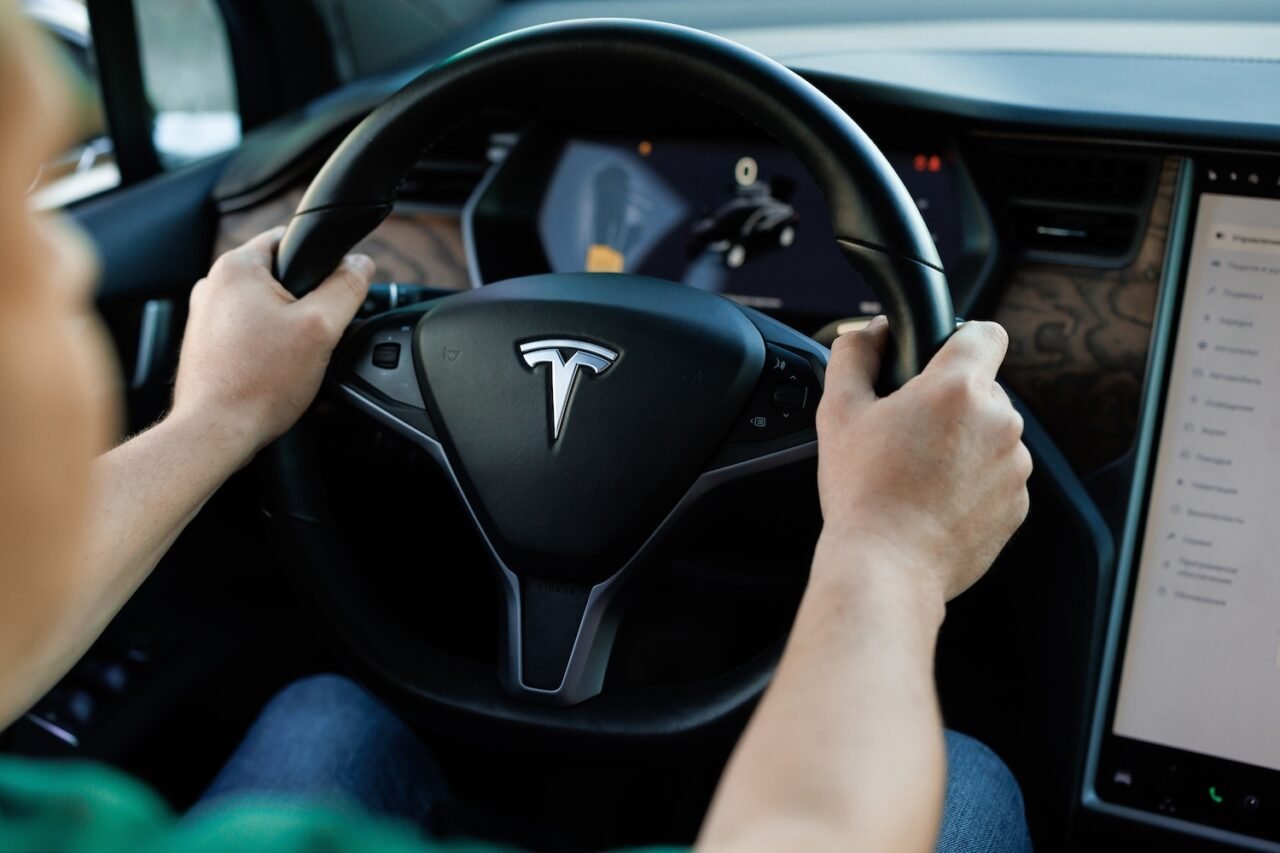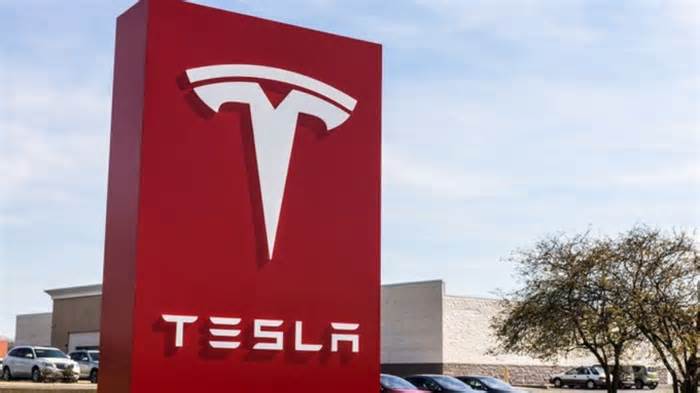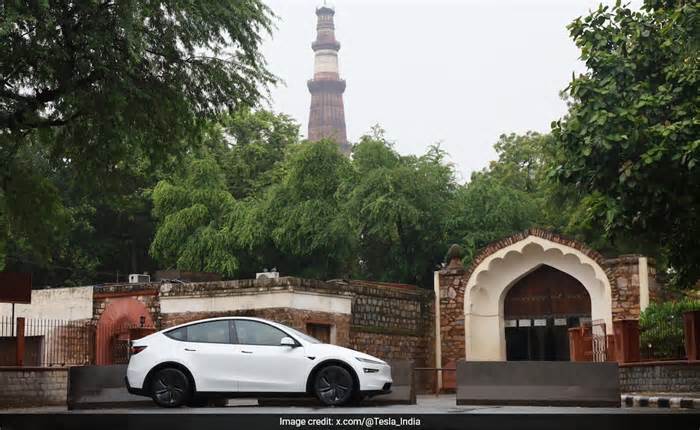
SpaceX vs. Amazon: Where we're at in the internet space race
- by Mashable
- Mar 10, 2021
- 0 Comments
- 0 Likes Flag 0 Of 5
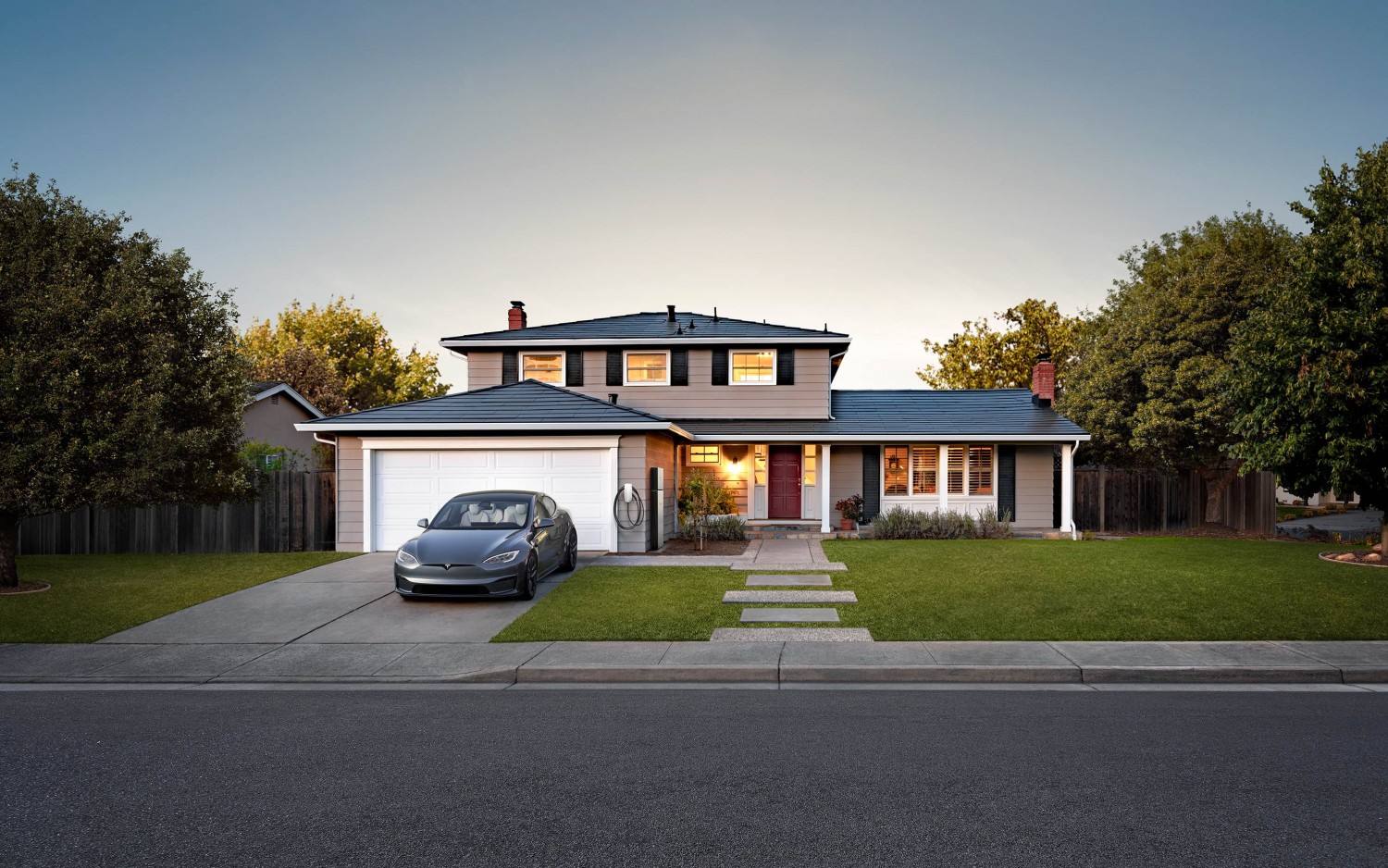
Kellen Beck
Kellen is a science reporter at Mashable, covering space, environmentalism, sustainability, and future tech. Previously, Kellen has covered entertainment, gaming, esports, and consumer tech at Mashable. Follow him on Twitter @Kellenbeck Sign Me Up
By clicking Sign Me Up, you confirm you are 16+ and agree to our Terms of Use and Privacy Policy.
Thanks for signing up!
Despite wide coverage, the Starlink beta is only available to people in select areas as the company expands its satellite constellations for better service. But it’s easy to see why SpaceX’s investment would pay off: They can provide service to remote areas and big cities with their satellites.
While we know Kuiper's internet constellation will also cover the globe, there are no details yet on where or precisely when it will begin operating.
How it all works
Both Starlink and Kuiper Systems are looking to spend around $10 billion on similar infrastructures. Starlink just has a head start.
Here’s how they work. First, SpaceX and Amazon ground stations communicate with their respective satellite networks.
SpaceX has tested using lasers to transmit data between satellites, which reduces the number of ground stations needed for wide coverage.
The signal then travels via radio waves from the satellites at the speed of light down to consumers. (While fiber-optic cables transmit data using light, they do so at roughly 70 percent of the speed of light.) Kuiper will work nearly identically.
Satellites for older companies, such as HughesNet, operate at around 22,000 miles up. Starlink and Kuiper satellites are designed to work at lower altitudes, between 200 to 400 miles. That allows Starlink to provide higher download and upload speeds with lower latency.
It’s very similar to Dish Network’s satellite TV setup. People who want to connect need to make sure their dish has a clear view of the sky. While bad weather has been known to interrupt Dish TV, so far it hasn't been a problem for Starlink users in heavy snow. This is primarily due to advancements in antenna and receiver technologies as well as the much shorter physical distances between the Starlink satellites and Earth.
Related Video: Facts about space that will rock your world
Where we’re at now
SpaceX continues to launch more satellites into low-Earth orbit, 60 at a time, and is currently focusing on filling out coverage in northern latitudes around the U.S./Canada border.
The FCC has granted the company permission to launch nearly 12,000 satellites. SpaceX CEO Elon Musk has a goal of launching 42,000 Starlink satellites decades down the line.
As for Amazon, Kuiper Systems hasn’t launched any satellites yet. It has a smaller goal of launching 3,200 satellites. Kuiper is headed by Rajeev Badyal, a former vice president of Starlink operations.
There are some other players in the satellite internet market too, as well as a handful that tried and ultimately failed to make waves. OneWeb is building a similar internet constellation to Starlink. It has 104 satellites in orbit with a first phase target of 650 by 2022. OneWeb declared bankruptcy in 2020 but has since bounced back and plans to continue with launches. Other competitors include Globalstar and Iridium SSC, which have launched only a few dozen satellites each.
SEE ALSO:
Please first to comment
Related Post
Stay Connected
Tweets by elonmuskTo get the latest tweets please make sure you are logged in on X on this browser.





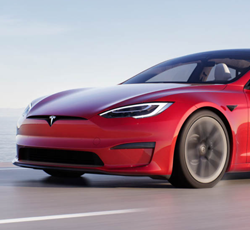
 Energy
Energy